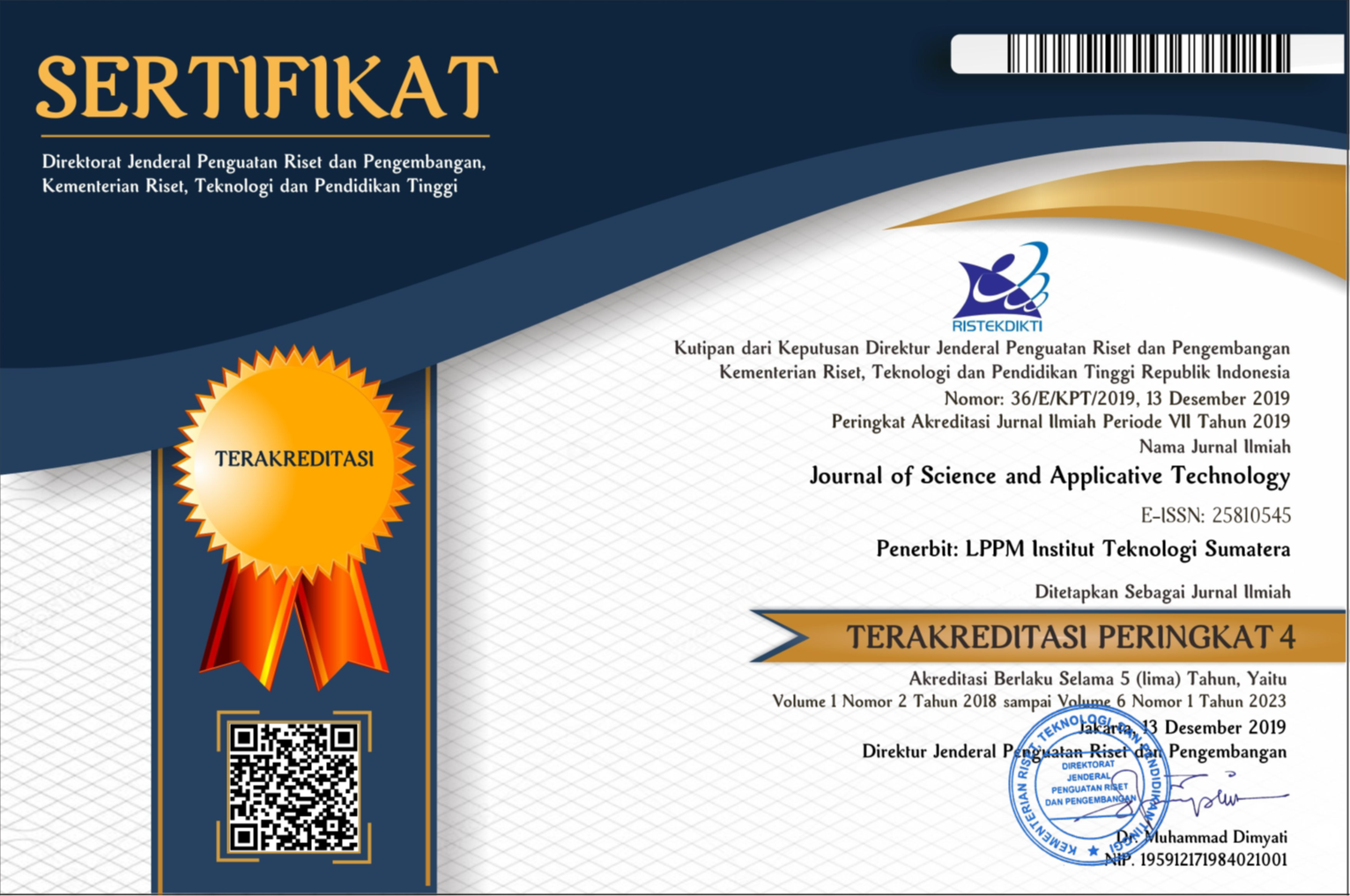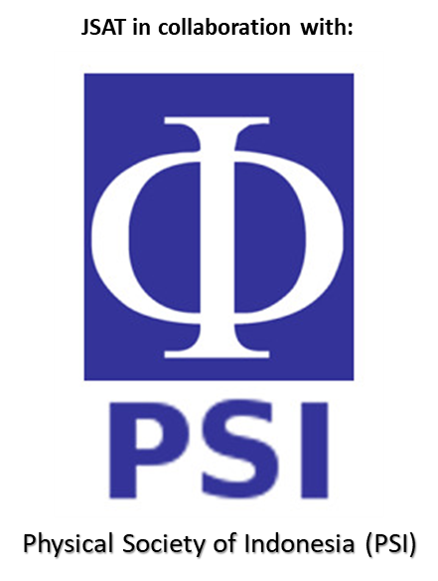Classification of Color Pigments of Robusta Coffee Plants with Mordanting Method Applied to Cloth Masks
Abstract
Part of the coffee plant as a whole from the roots until the fruit can produce dye pigment, the coffee plant that is made sample is Robusta coffee plant (Coffee Robusta). The absence of natural color calcification uses one whole plant. So it is made from coffee plants typical of Lampung as a local identity. The mordanting process of the extract results in the parts of the coffee plant on the French cotton fabric, producing pigments that can be used as dyes for textiles. This method is easy to classify the pigment from the parts of the coffee plant. Classifications of colors obtained from warm, soft, and cold color ranges (casual, beautiful, Natural, beautiful, romantic, elegant, classic, clear and cool casual). This research was conducted to classify various colors of Robusta coffee plants, roots, wood, bark, ranting, wet leaves, dried leaves, wet skin, wet bark, dry hard skin, wet seeds, dried seeds, and grain powders with The mordanting process is transferred on the cloth. From the results of the experiment, excellent color absorption resulted from wet fruit skin with a tendency towards warm colors and applied to the mask as an example of the product by means of a brush so that not much wasted color content. way in brushes and applications on this mask is an effort to respond to environmental issues and new normal.
Downloads
References
[2] Juliansyah. D, “Budidaya Tanaman KOPI”, M.S. thesis, UNS, Serang, 2015.
[3] Rosyida A, dan Zulfiya A. “Pewarnaan Bahan Tekstil dengan Menggunakan Ekstrak Kayu Nangka dan Teknik Pewarnaanya untuk Mendapatkan Hasil yang Optimal” Jurnal Rekayasa Proses. Vol. 7, 2013.
[4] Farida F, Atika F.V, Haerudin A. “Pengaruh Variasi Bahan Pra Mordan pada Pewarnaan Batik Menggunakan Akar Mengkudu (Morinda Citrifolia)” Ejurnal kemenperin. Vol.32, 2015.
[5] Prabawa I.D.G.P. “Ekstrak Biji Buah Pinang sebagai Pewarna Alami pada Kain Sasirangan” Jurnal Riset Industri Hasil Hutan. Vol. 7, pp. 31-38, 2015.
[6] Mahfud. T. “Ekstrak Pewarna Alami Kelopak Bunga Rosella (Hibiscus Sabdariffa) pada Pembuatan Minuman Serbuk Instan Rosella” Jurnal Sains Terapan. Vol. 1, pp. 27-33, 2015.
[7] Kumalasari V. “6 Potensi Daun Ketapang, Daun Mahoni, dan Bunga Kecombrang sebagai Alternatif Pewarnaan Kain Batik yang Ramah Lingkungan” Jurnal Teknik Lingkungan. Vol. 2, 2016.
[8] Narsiani. “Ekstraksi Pigmen Karotenoid pada Cangkang Kepiting sebagai Pewarna Alami yang Sehat” Jurnal Ilmia UMG. Vol. 7, pp. 27-33, 2018.
[9] Kobayashi S, Color Image Scale. Japanese: Kodansha, 2013.
[10] Fox. A, Natural Processes In Textile Art. UK: Batsford, 2015.
[11] Krause. J, Color Index. Ohio: How Books, 2007.
Copyright (c) 2021 Journal of Science and Applicative Technology

This work is licensed under a Creative Commons Attribution-NonCommercial 4.0 International License.
All the content on Journal of Science and Applicative Technology (JSAT) may be used under the terms of the Creative Commons Attribution-NonCommercial 4.0 International License.
You are free to:
- Share - copy and redistribute the material in any medium or format
- Adapt - remix, transform, and build upon the material
Under the following terms:
- Attribution - You must give appropriate credit, provide a link to the license, and indicate if changes were made. You may do so in any reasonable manner, but not in any way that suggests the licensor endorses you or your use.
- NonCommercial - You may not use the material for commercial purposes.
- No additional restrictions - You may not apply legal terms or technological measures that legally restrict others from doing anything the license permits.





















